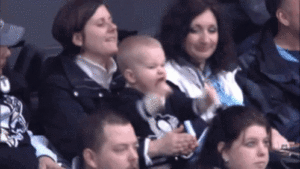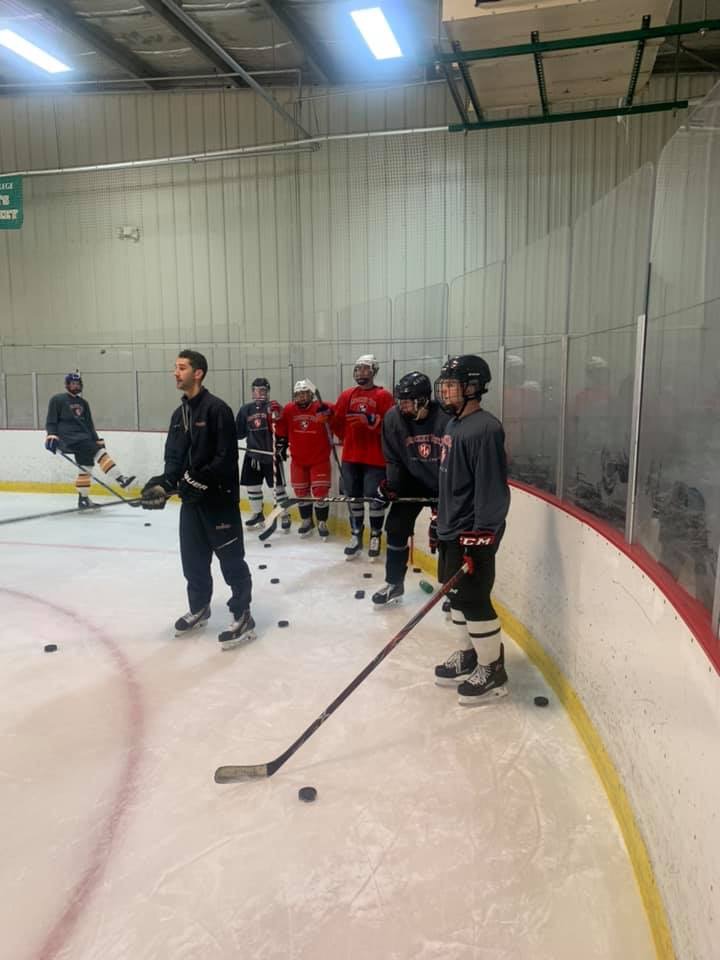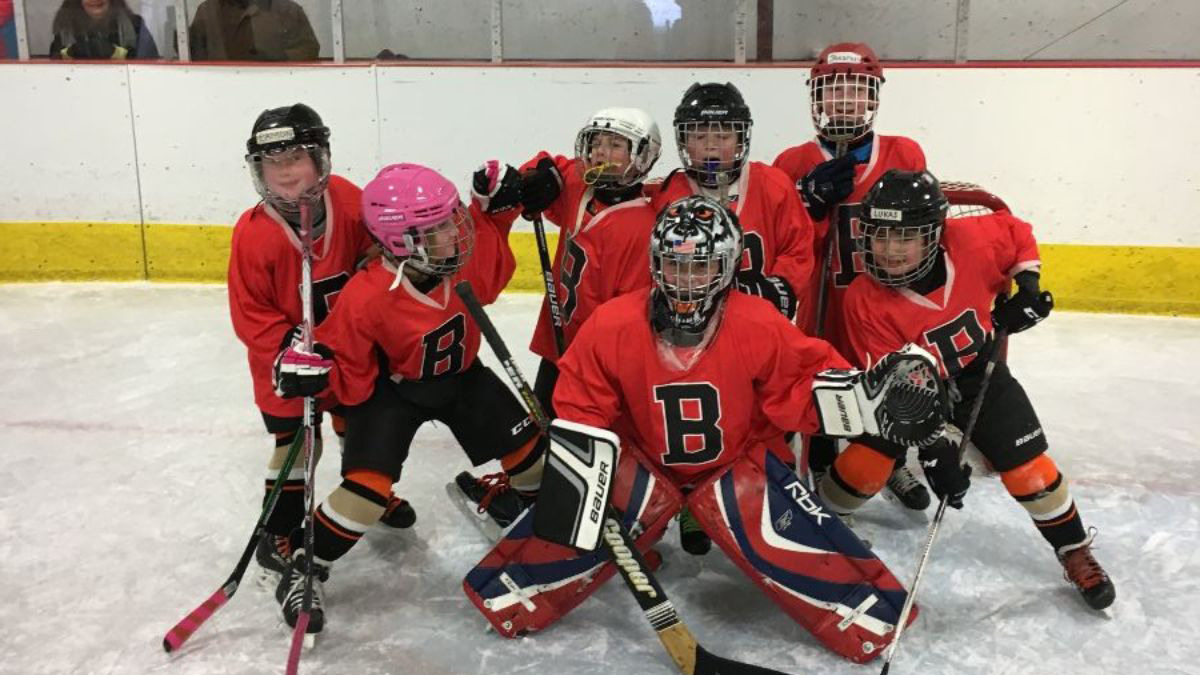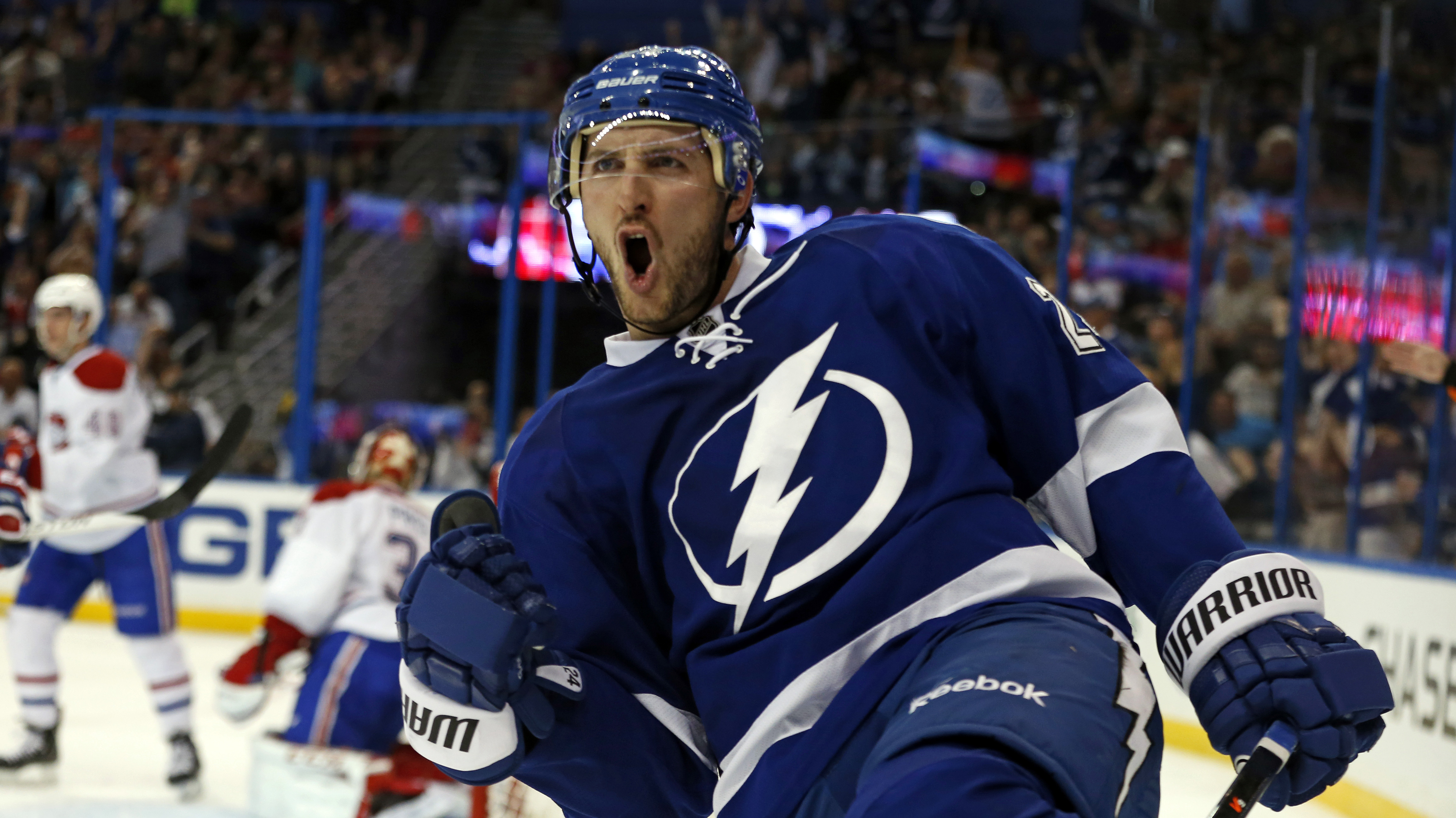Mental Toughness
How to Be Ready For Tryouts
Hockey Hut How To: Be Ready For Tryouts
Tryouts can be a very intimidating process! They force individuals to showcase their skills and abilities in order to be considered for a specific team, program, or opportunity. During tryouts you are evaluated on a variety of factors including their physical abilities, technical skill, attitude, and potential for growth. The evaluation process is usually conducted by coaches, parents, or other coaching experts. An important note to remember when going through the tryout process is though they are highly competitive, as not everyone who tries out will be selected, tryouts can be a valuable learning experience that helps your player identify areas for improvement and set goals for future growth! If you want to make the team it’s essential to embrace your strengths and be true to yourself! In this video Ron Kuhl shares some helpful tips to help you stand out during tryouts!
First thing to remember is, it’s crucial to play to your strengths. If you are a goal scorer, focus on scoring goals. If you excel at defending, prevent the opposing team from scoring. Trying to be someone you’re not will not impress the coaches and could actually hurt your chances of making the team.
Second is, coaches value players with good character who work hard and do the little things right. Focus on things like back checking, positioning, and body language. Remember that making mistakes is inevitable, but it’s how you respond to them that counts.
Finally, show enthusiasm and demonstrate that you’re a team player. Coaches want players who love the game and are good teammates. Give credit to your teammates when they make good plays or score goals. Playing a team sport means that everyone needs to work together to achieve success!
Overall you want to make sure to encourage your player to do their best and be themselves. The worst thing for a player during tryouts is going in stressed out about making a team when they should be enjoying themselves! We hope these tips will help you succeed!
Good luck in your tryouts!
10 Key Factors to Long Term Athlete Development
The hockey season is wrapping up and the offseason is here! For the Hockey Hut, that means training time! We love the offseason because we love seeing the transformation that happens in players as they put in the time and energy to take their skills to the next level.
We put together 10 key factors in producing the best long-term athlete development program. Start building your player into an elite athlete today, no matter their current skill level!
-
Have the FUNdamentals:
Learning basic movement and sports skills should be made fun! Coming up with games, challenges, and partner training drills can add fun to player development. Adding variation in sports and games can help kids build up their skills and develop their overall athleticism.
-
Avoid Specialization Early On:
Kids who play multiple sports are more likely to see success in athletics. Sports are defined in two categories: early and late specialization sports. For example, many young girls will start in dance and gymnastics at an early age, but as they develop and grow, many will retire from the sport before age 20. Contrastingly, hockey is a late specialization sport in which most players reach their full potential until their adult years when they are fully developed. By not specializing in a sport early on, kids get greater exposure to athletic development, lower risk of injury, and increase their athletic potential.
-
Know Your Child’s Trainability:
As kids develop physically and psychologically, there are clear stages that lend themselves to opportune times for player development. For young players, the first stage of development is focusing on outcomes, rather than development. Ages 6-10 focusing on flexibility and mental growth is important for kids as they learn the psychology of sports and what it means to lose and win. As children develop in the 9-12 year range, it's time to add in more intense physical training skills and sustenance and structure. This can look like a training regime paired with muscle development and a proper diet.
-
Apply The Ten-Year Rule:
The 10-year -10,000 rule is the summation of 10 years of practice at 3 hours a day to become proficient in a sport. This doesn’t mean 10,000 hours of hockey, but rather a mixture of athletic development - running around outside, playing on the playground, swimming in the pool. Research shows that development at this level is needed not only for sports but for any skill we develop such as playing an instrument. It takes a tremendous amount of time to become an elite athlete. This is where player development is crucial to get started early. Talk to a local sports training center and see what is best for your kid.
-
Don't Forget the Mental, Cognitive, & Emotional Development:
Mental training and prep are one of the most overlooked aspects of sports development. Having emotional intelligence is crucial for any player who wants to make it to elite hockey play. Start by talking to your child about how they feel after a game, a hard loss, or a big win, and help them to become self-aware of their own emotions.
-
Understand Biological Age & Chronological Age:
Currently, most player development is focused on chronological age, putting kids in the same age group for all of their training. The reality is that sometimes keeps in the same chronological age group maybe 4-5 years apart in their development. You can help develop your player by putting them around players who are close to them in skill or slightly above and not just in their age group. This will help them develop faster and improve their skill set where they are weak.
-
Choose Your Training Periods Throughout the Year:
Periodization is the process of breaking down the calendar year into various time intervals of training. These periods include preparation, practice, competition, rest, and recovery. It is critical that athletes optimize their development by applying these periods in their annual training. Research shows that kids should have a two-month period every year between sports where they are able to rest and recover. In addition, in repetition training sports such as baseball and hockey, it is critical that players maintain a healthy rhythm of rest and practice/competition to prevent injury and developmental issues.
-
Comprehensive Training System:
Many players will spend time in a club sports team, school sports, and training facilities this year. Each of these can be great for player development while also imposing challenges. Players need to have a clearly defined, structured, and consistent schedule that allows them to develop in a healthy manner. As a parent, you can work with trainers and coaches to make sure everyone is on the same page and has your player's best interests in mind.
-
Planning the Calendar For Competitions:
Every year kids will travel all over the country for tournaments and competitive play. We as parents need to be better at scheduling and allocating our player's time on the ice, field, or court. This means being open to a training-based schedule throughout the year and not just going from tournament to tournament. Take some time to sit down as a family and determine what your capacity is, how many tournaments you will attend, and book them out in advance. This prevents overplanning and keeps your player healthy all year.
-
Continuous Improvement:
Continuous improvement is a key principle for any athlete's long-term growth and success. Don’t stop once you think you have reached a goal, rather celebrate the victory, have fun, and look to what is the next step. Becoming an elite player requires investment and continual improvement always.
The Hockey High
If you’ve never ice skated or played hockey before you have completely deprived yourself of an activity that is soul-cleansing! Do it once and you will want to do it again, get better at it and you will do it for life!!!
What is the Hockey High? The first time you touch the ice there’s a feeling of heightened awareness, your insecurity of balance, the excitement of the unknown!!! The conflicting questions race through your mind, but you seem to answer each one! “How fast can I go? I’m not going to be able to go fast. Can I even stand up? Wow, I’m standing up, but, MAN this is hard,”...and so on it goes.
There’s a freedom and excitement, the sheer terror to learn this new skill and the competition that will occur upon your mastery of this skill, a sense of speed, and a feeling of being a kid again. Ask any experienced hockey player and they will tell you they can remember the first time they ever stepped on the ice, the first time they ever touched a puck, the first time they scored a goal, the first time they got back to the bench and were exhausted, the first time their coach looked at them and praised them and said, “Job well done!!!”
This kid has the hockey high!

What is the Hockey High? It’s the adrenaline rush and excitement you feel from ice-skating and playing the beautiful game of hockey, it’s like no other. Beginner or veteran player the same, your blood rushes through your body down to your legs, your core engages completely, and fires like no other exercise as your arms swing and your legs drive you forward with a sensation of floating through the air. Your quads burn, glutes fire, while your ankles are locked and released as you finish every stride with a violent snapping of the toes. The hip flexors are coordinating the return of each stride with maximum efficiency. Your upper body is secure and presented forward while your arms are reaching to add another five inches to each stride to ensure maximum length. The balance and awareness of every movement clear, the force provided to the ice and the lightness of each glide allows for a smooth, fast ride.
As the speed increases and each stride pushes you towards 18, 20, 22, 24, 28, 30 miles an hour, a clear mental focus is achieved. You begin thinking, “Here come the boards, another player; the puck has shifted. Now I need to turn, redirect, accelerate and do it all again.”
When the skate is complete, you realize, my knees don’t hurt, my ankles don’t hurt, my hips don’t hurt, there is no impact when you’re ice-skating, there is no impact when you’re turning, when you’re changing direction and accelerating. You realize complete physical, emotional mental and spiritual satisfaction has been achieved.
What is the Hockey High? It is the reason you can’t leave the locker room immediately following an unbelievably difficult skate. It’s the feeling of complete freedom in your soul and that solutions to life’s challenges are clearer. Your exhaustion has absorbed your fears and fueled you towards the next day.
The three hours following a skate, your senses are heightened, your mind clear, your heart open, as you sit and replay every moment of the two hours you were on the ice. You can see how moments in the game relate to the challenges of life as you find solutions to those challenges. You replay those moments over and over and when you’re done your mind is open and so clear and all the stress in your day has gone away, that is the moment you realize there is only one high, The Hockey High!!!!
At the Hockey Hut, we strive to help guide you into, through, and out of this high. What if you had someone who knew how to push your performance to an unparalleled level? What if this Hockey High wasn’t a flash-in-the-pan moment but instead was an energy you could harness for more extended periods and perhaps become a way of life?
Your potential is what propels us forward as we work on four areas of performance - mental, emotional, physical and spiritual. When you learn how to get each zone firing, the Hockey High becomes a life rhythm. Conversely, when you can master the areas ensuring that one never gets too low, your intelligence grows, and your performance is unmatched.
In the end, life is more enjoyable when we can stay in the realm of creative and confident. Let’s partner together, and I promise that the Hockey High will be one of your most valuable resources against doubt, anxiety, stress, frustration, disappointment, and regret.



